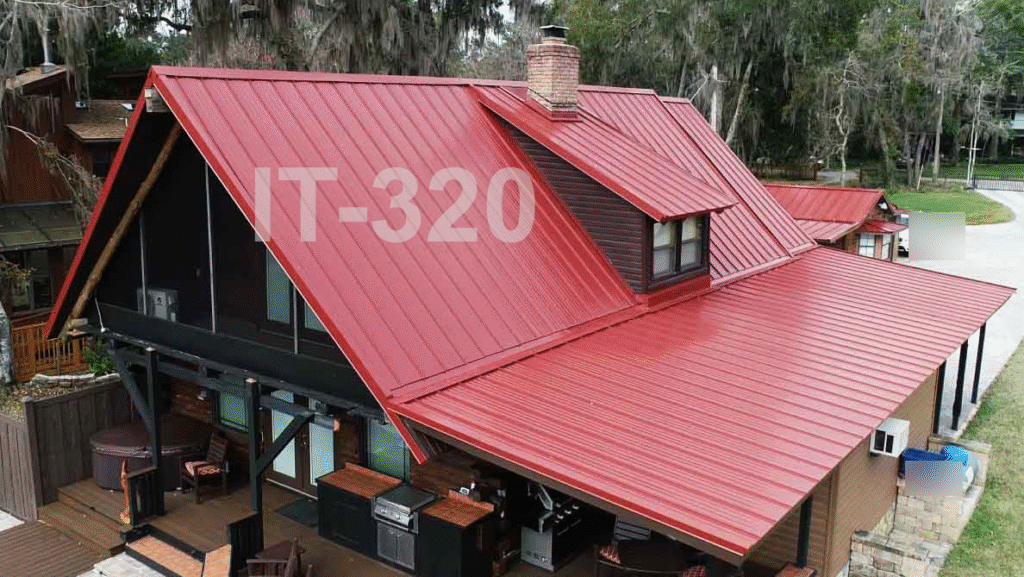Cedar Shingle Roof vs. Asphalt Shingle Roof: Benefits and Risks Compared
Cedar Shingle Roof vs. Asphalt Shingle Roof: A Full Comparison
When choosing the right roofing material for your home, cedar shingles and asphalt shingles are two of the most talked-about options. Both offer distinct benefits and have specific trade-offs, making it essential to weigh your options carefully. Your final decision can impact your home’s look, durability, cost, and long-term maintenance needs. Let’s take a closer look at how cedar shingles and asphalt shingles compare across the key categories that matter most to homeowners.

Aesthetic Appeal
Cedar shingles offer a warm, rustic, and natural appearance that gives homes a timeless charm. Over time, cedar weathers into a soft silver-gray patina, adding character and elegance. Asphalt shingles, while available in many colors and textures, often provide a more standard or uniform appearance. For homeowners who prioritize curb appeal and a unique look, cedar shingles stand out. However, asphalt shingles are more versatile in fitting a range of modern and traditional architectural styles.
Initial Cost
One of the biggest differences between these two materials is the cost. Cedar shingles are typically more expensive both in material and installation. The wood must be specially treated and the installation process takes more labor and care. Asphalt shingles are far more budget-friendly and easier to install, making them a popular choice for cost-conscious homeowners. If your budget is tight, asphalt will usually be the more practical option.
Durability and Longevity
Cedar shingles can last 30 to 40 years or more with proper care. However, they are susceptible to rot, mildew, and insect damage if not maintained. Asphalt shingles typically last 20 to 30 years and are less vulnerable to organic issues. Still, they may suffer from granule loss and cracking over time, especially under harsh weather. Cedar offers better insulation and natural resistance to wind, but asphalt is more low-maintenance.
Environmental Considerations
Cedar shingles are a renewable resource and biodegradable, making them an environmentally friendly choice. Sourced from managed forests, cedar is often praised for its sustainability. Asphalt shingles, by contrast, are petroleum-based and contribute to landfill waste when replaced. Some asphalt manufacturers now offer recycling programs, but cedar’s natural composition gives it the green edge. For homeowners committed to eco-conscious living, cedar is the clear winner.
Maintenance Requirements
Cedar shingles demand more maintenance than asphalt. They must be cleaned, treated for moss or mildew, and inspected for wear more regularly. Without proper maintenance, cedar roofs can deteriorate faster than expected. Asphalt shingles, on the other hand, require little more than periodic inspections and occasional replacement of damaged sections. The convenience of low upkeep makes asphalt a better fit for homeowners who want a “set it and forget it” roof.
Weather Resistance
Cedar shingles perform well in moderate climates and offer excellent resistance to wind when properly installed. However, they can struggle in very wet or humid environments unless treated. Asphalt shingles are more universally adaptable and are designed to resist fire, wind, and impact in many climates. Some premium asphalt shingles are rated to withstand hurricanes and extreme storms. If you live in a variable or severe weather region, high-quality asphalt shingles may be the safer bet.
Energy Efficiency
Cedar shingles provide natural insulation and help regulate indoor temperatures, reducing heating and cooling costs. Asphalt shingles are thinner and don’t offer the same thermal resistance. However, newer asphalt products include reflective coatings that help with heat reduction. While cedar has the edge in raw insulation, advanced asphalt technologies are narrowing the gap. Energy savings will vary based on your local climate and roofing system.
Installation and Contractor Availability
Installing cedar shingles requires skilled craftsmanship and careful handling. Not every roofer is experienced in working with natural wood shingles. Asphalt shingles, by contrast, are a standard material that nearly every roofing contractor can install efficiently. This makes scheduling and labor costs easier to manage with asphalt. If time and contractor availability are a factor, asphalt is the more accessible option.
Pest and Fire Resistance
Untreated cedar can be vulnerable to insects and rodents. Most cedar shingles today are treated to improve fire resistance and deter pests, but they still require regular upkeep. Asphalt shingles naturally resist pests and offer Class A fire ratings in many products. For maximum protection without treatment, asphalt generally performs better. However, with proper care, cedar can be a safe and long-lasting material as well.
Resale Value and Curb Appeal
Cedar shingles can boost a home’s resale value by enhancing its appearance and architectural interest. Their premium look can be a major selling point for buyers. Asphalt shingles, while less flashy, still add value when they’re new or high quality. Buyers appreciate their durability and low maintenance. Ultimately, the right choice will depend on your neighborhood expectations and your home’s style.
Conclusion
Both cedar and asphalt shingles offer strong arguments in their favor. Cedar provides natural beauty, eco-friendliness, and insulation but requires more care and a higher initial investment. Asphalt is more budget-friendly, widely available, and easier to maintain, with growing improvements in performance and appearance. Homeowners must balance their budget, aesthetic preferences, climate, and long-term plans to choose the right roofing solution. Either choice can be excellent with proper planning and installation.